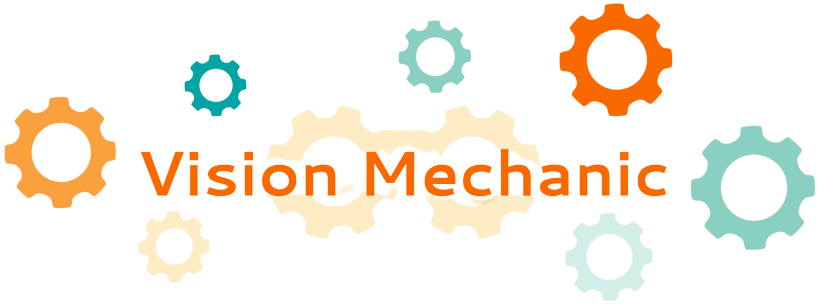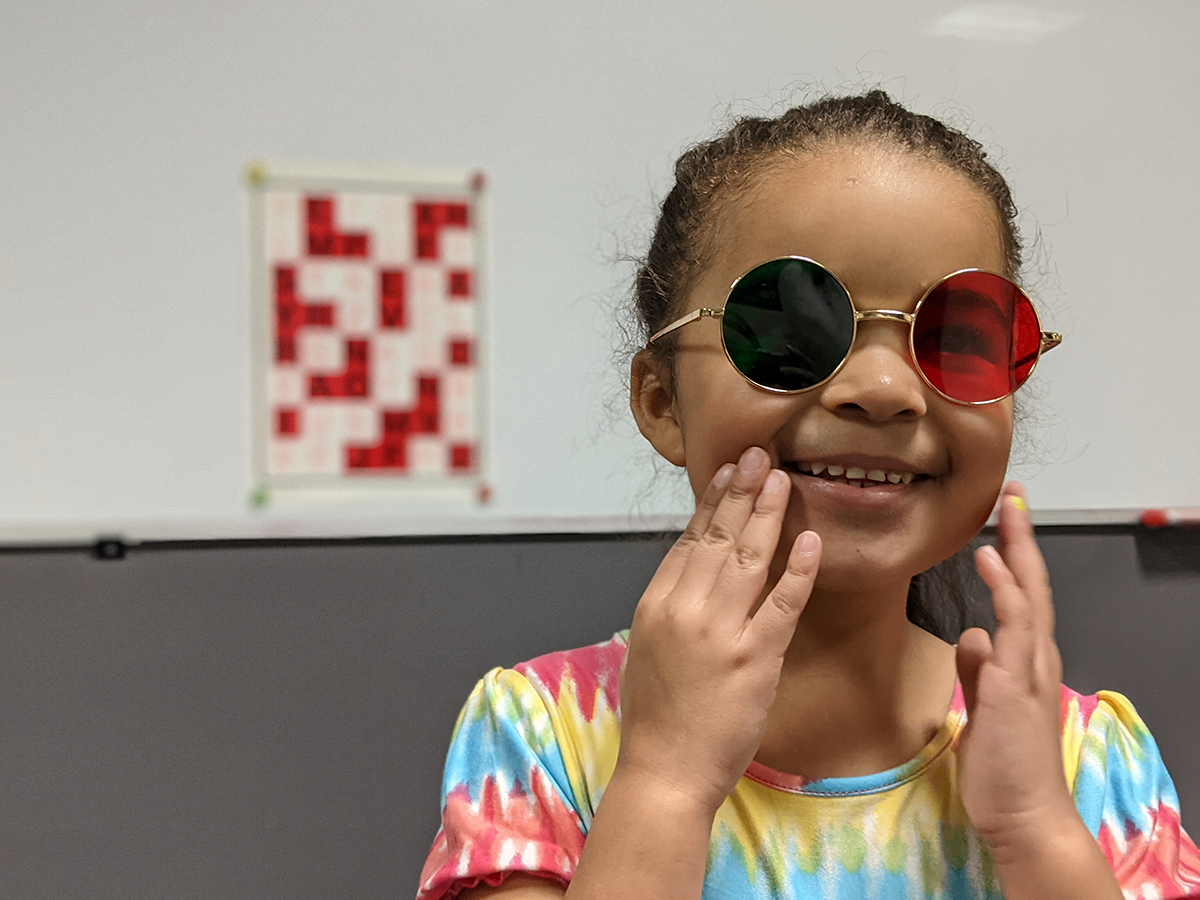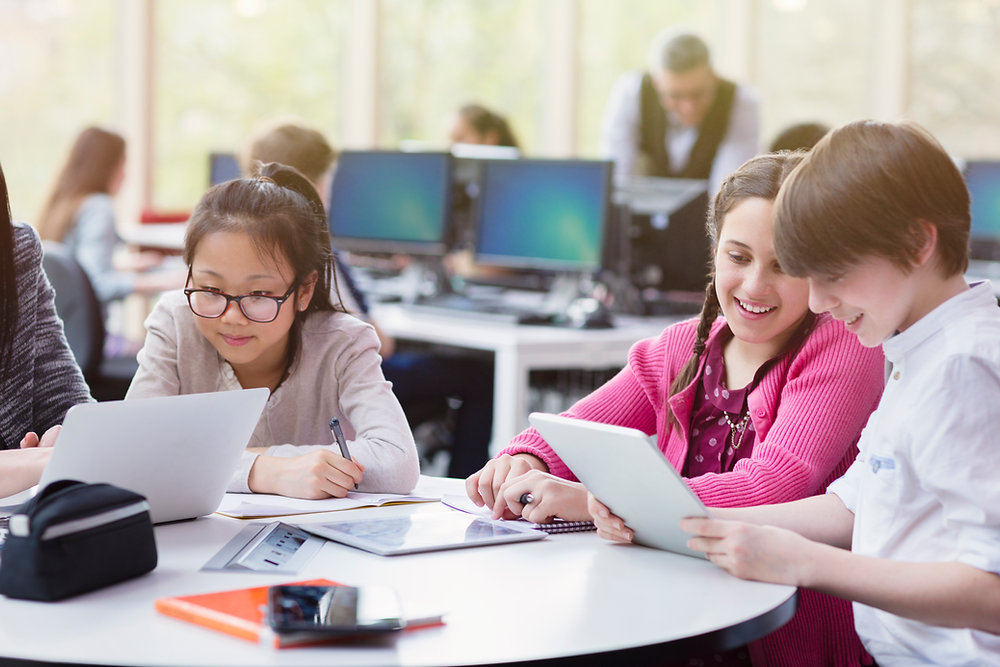Rotations – Visual Tactile
Purpose: To develop freedoms between eye and hand movement skills
Apparatus: Small fixations target like a pencil eraser, pencil and pad, circular object such as a plastic water glass, balance board
Method:
1. Patient should stand in a comfortable, well-balanced posture. He holds circular object in hand opposite to eye being trained. For variation, hold pad of paper in vertical, angle, horizontal positions.
2. Home assistant moves target in slow circles 12 to 24 inches in diameter. Make circles at all angles–flat in front of patient, toward and away from him, and at angles to him. Direct patient to watch the target and follow the rotational movement with his eye as accurately as possible.
3. Patient is to trace the path of the target with index finger along the edge of the circular object. For a variation technique, he traces path of the target with pencil and paper. He does not look at finger or pencil, but keeps looking at the target held by the home training assistant.
4. Watch the eye for jerky movements, hesitancy and cutting corners on the circle. Watch for accuracy and constancy of finger or pencil rotation. Note and record size of circles drawn when pencil and paper are used. Urge patient to make his circles large. Fill the paper.
5. If the rotation is irregular in one particular area, go back and forth over the areas without doing a complete rotation. Spend equal time doing rotations to the right and to the left with each eye.
6. As performance improves, gradually increase the size of the circle and the speed of the rotation.
7. HEAD MUST BE FIXED–No head movement.
8. Repeat on the balance board.
Aspects to be Emphasized:
1. Smooth, easy, accurate movement of each eye.
2. Accurate tracing of relative eye position by finger tracing on tumbler, or pencil tracing on paper. When eye is at the top of the circle, pencil should be at the tip of the circle on the paper. Likewise, for all other positions. Hand movement should synchronize smoothly with eye movement.
3. Ability to translate various planes in which ocular target might be moved in, to the paper, such as translating top and bottom of a vertical plane in front of subject to the horizontal plane of his paper.
4. Maintain easy balance on balance board.





